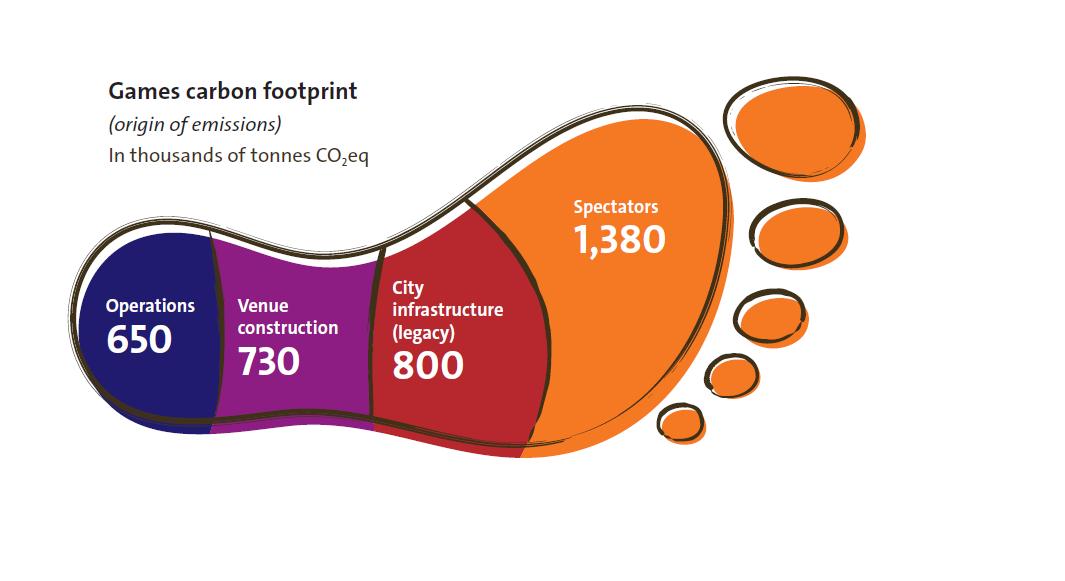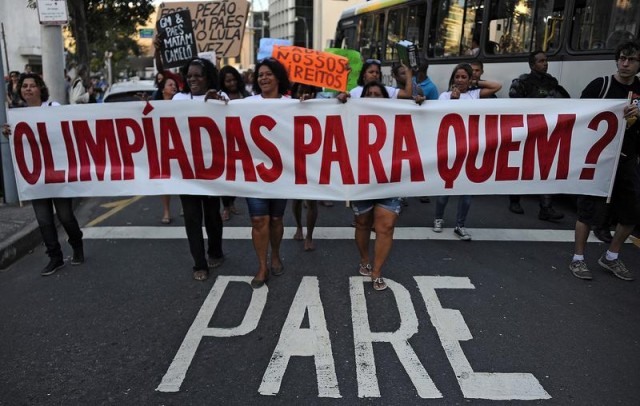Vinicius and Tom are the mascottes of the Olympic and Paraolympic games in Rio 2016.
Their value is highly representative: they are entitled to envisage the biodiversity and natural value of the (important) country they speak for, Brazil. Vinicius is an animal, while Tom is a tree.
An overview on the Games
Sustainability in the Games became part of the discussion 20 years ago, with Lillehammer edition in 1994. Throughout the years it happened to be an increasing concept: from sustainable design to a truly embracing concept of London 2012, comprehending the candidature and fundraising, for example.
And then we come to Rio edition, defining itself fully “embracing sustainability”.
How? It is easily discovered while reading the sustainability report. In fact the Committee of Rio 2016 in a private non profit association, that is emitting a sustainability report. It includes references to its ethic code, applied to important stakeholders such as community, governments, sponsors and creditors.
ultimately we are facing a real CSR case.
Sustainability in Rio
What is inside the Sustainability report?
It is based on 3 pillars:
- People – consisting of engagement and awareness-raising, universal accessibility and diversity and inclusion
- Planet – considering transport and logistics, sustainable building, conservation and environmental recovery and waste management
- Prosperity – envolving sustainable supply chain, management and reporting (based on ISO and GRI standards)
The Sustainability Report goes on numbering the initiatives the committee committed to undertake.
Among the most interesting ones there are:
- the Rio 2016 Committee has drafted an Accessibility Technical Guide (Guia Técnico de Acessibilidade) which, after its use at Games construction sites, will remain as a legacy for the country’s civil engineering sector
- Equality at workplace, also during the recruiting phases, requiring gender, race and disability equality, learning opportunities for them and the population. Following the mantra: the Games are for all.
- In order to stimulate and facilitate the participation of micro and small businesses, a technical cooperation agreement has been signed with the “Sebrae no Pódio” (Sebrae on the Podium) programme that provides for the training of aspiring suppliers to the Rio 2016 in a number of different sectors. Two thousand micro and small business are expected to benefit from “Sebrae no Pódio”, thus becoming able to be suppliers for the Rio 2016 Games, while at the same time meeting the Committee’s sustainability demands
- Environmentally speaking the committee computed that the debt will be of 3.6 million tonnes equivalent carbon dioxide (MtCO2eq): the official carbon footprint of this Olympic edition.
the committee decided to face it with a four stage approach:IDENTIFY PREVENT REDUCE COMPENSATE

The most interesting part is the last one: compensation. Compensation under the responsibility of the Rio 2016 Committee – executed with Dow, world sponsor and official chemical company of the Olympic Games – will be the use of technological mitigation, generating environmental, economic and social gains. The Rio 2016 Games’ technological carbon mitigation plans focus on three sectors of the Brazilian economy that have the highest emissions and therefore the biggest potential for improvement: agriculture, industry and infrastructure. Practically it means reducing food waste and thermal efficiency of buildings.
- In 2013 Rio 2016 committed along with other institutions to the “Rio Alimentação Sustentável” (Rio Sustainable Food) initiative, which is intended to be to use the Games as a catalyst for improvement in the food sector. In the sustainability report, for example, the will is the one to serve only sustainably certified fish and seafood; however they stated that at the moment of speaking that was unreachable due to desynchronised demand and offer (November 2015).
Criticalities

Starting from the last point: what will be of Rio 2016, sustainably speaking?
We will see in a bunch of days.
However, the San Diego Union Tribune enlisted already 10 issues Rio is already facing.
They sound not promising: escalation of violence and robberies, financial emergency, corruption, scarcity of police resources, Zika virus and pollution.
Unluckily, summing them up, the environment seems not to be welcoming the massive event, at all. And the sustainability, as the Environmental Kuznets Curve proves, is hardly to be reached when other issues are neglected.



